Thursday, April 28, 2016
#ParallelBarking
It's a Vauxhall commercial, but I still love it. Especially that sweet face!
Tuesday, April 26, 2016
Friday, April 22, 2016
Earth Day
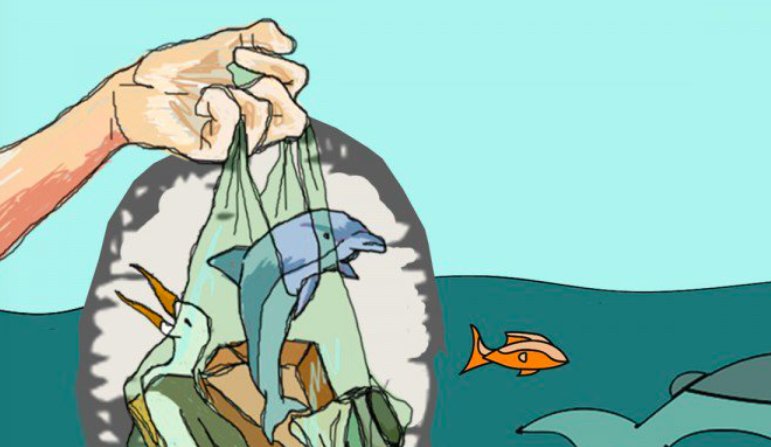
Thomas Peschak is a marine biologist and well-regarded nature photographer who's passionate about our oceans and the creatures they contain. He often has National Geographic assignments and he has written/done photography for several books. I follow him on Instagram and always look forward to his posts.
Recently Peschak did a TED talk which I decided to put on to the blog today, Earth Day. I hope visitors to this page will have time to look at it.
How beautiful are these birds!
The rest of the blurb says these birds, symbols of longevity and immortality in China and Japan, mate for life. Reduced to fewer than 100 individuals at one point, conservation measures have increased the population to more than 1000 birds in Japan now, where their limited habitat impacts breeding success each summer. In mainland Asia, there are approximately 1700 in Russia, Mongolia, China and Korea, but their population is declining due to habitat loss. Let's leave room on the planet for beauty!
Thursday, April 21, 2016
The Shepherd's Life
For a while now, I have been following @herdyshepherd1 on Twitter. Otherwise known as James Rebanks, he farms sheep (possibly also cattle - not sure about that) in the Lake District (Cumbria) of England. Your modern farmer - he frequently tweets photos of his sheep, hardy Herdwicks and Swaledales, his sheepdogs, Floss, Tan and young Meg, dry stone walls, both intact and under repair and a plethora of photos documenting the landscape to which he is rooted in all seasons and all weathers.
Above and below are the same Herdwick sheep, below, as a youngster and above, as a mature tup (ram). They change colour as they age.
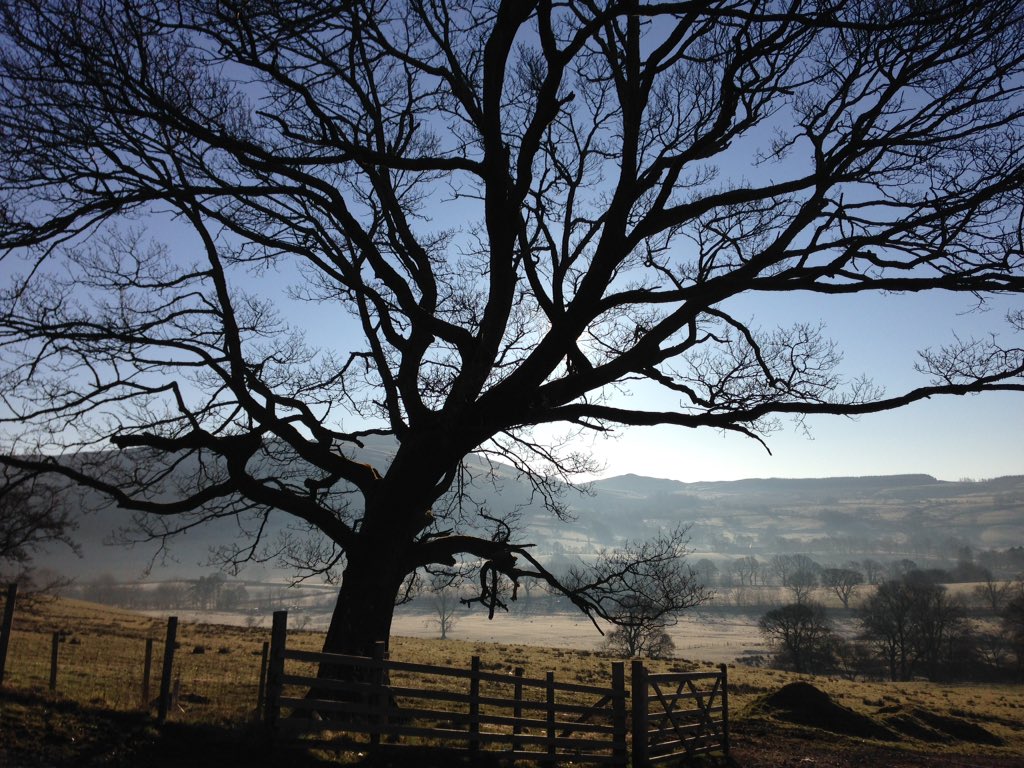
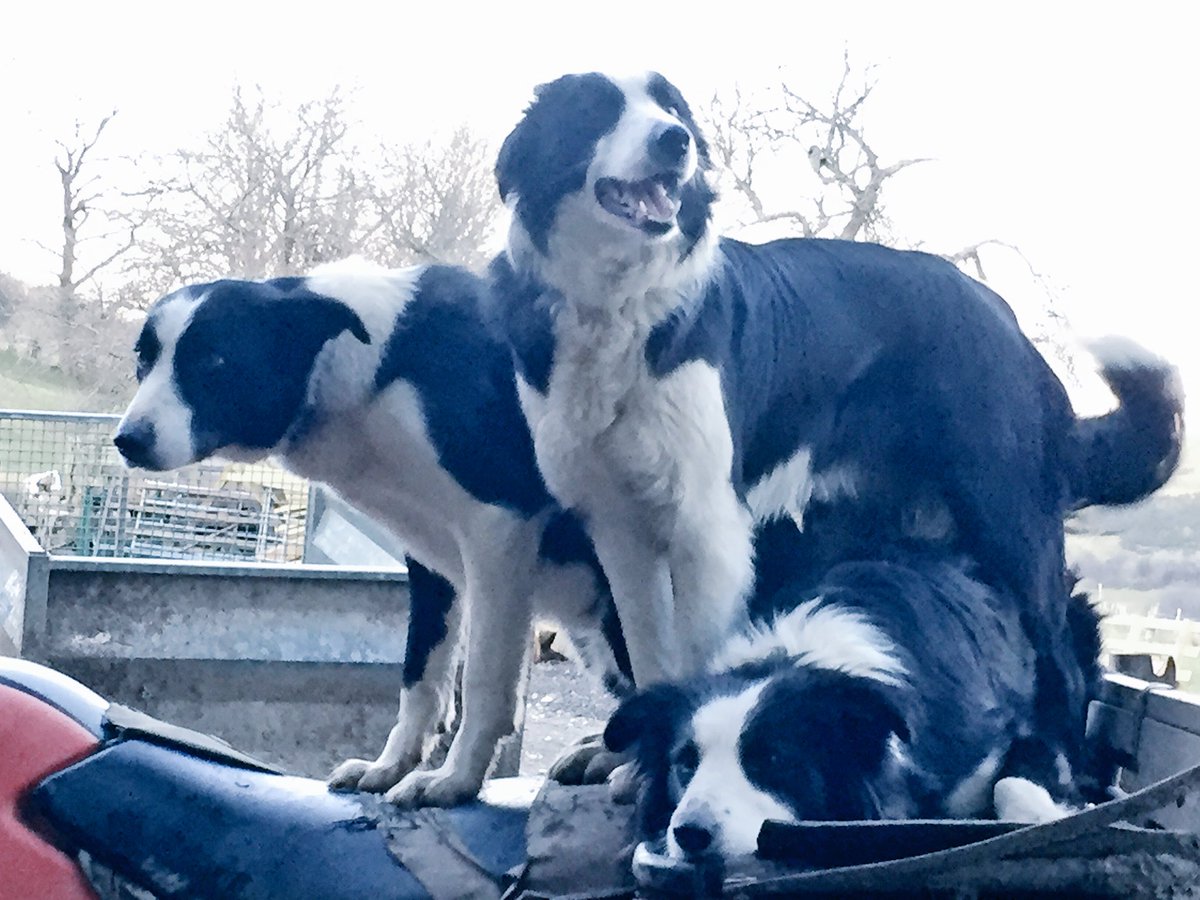
On the quad bike: the dogs get a ride up the fell (mountain) where the sheep have been foraging free-range (these sheep are "hefted" to the land and do not stray from their ancient link to this part of their territory)
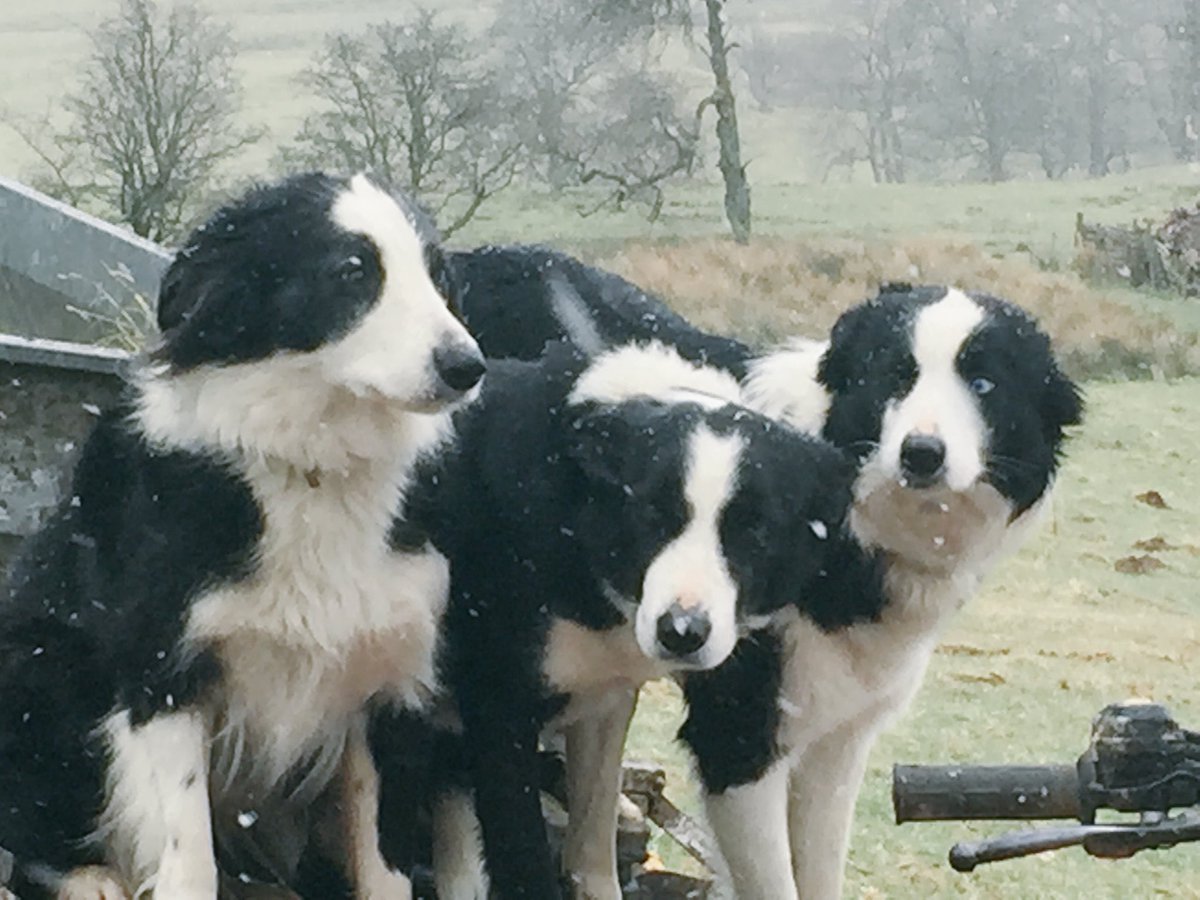
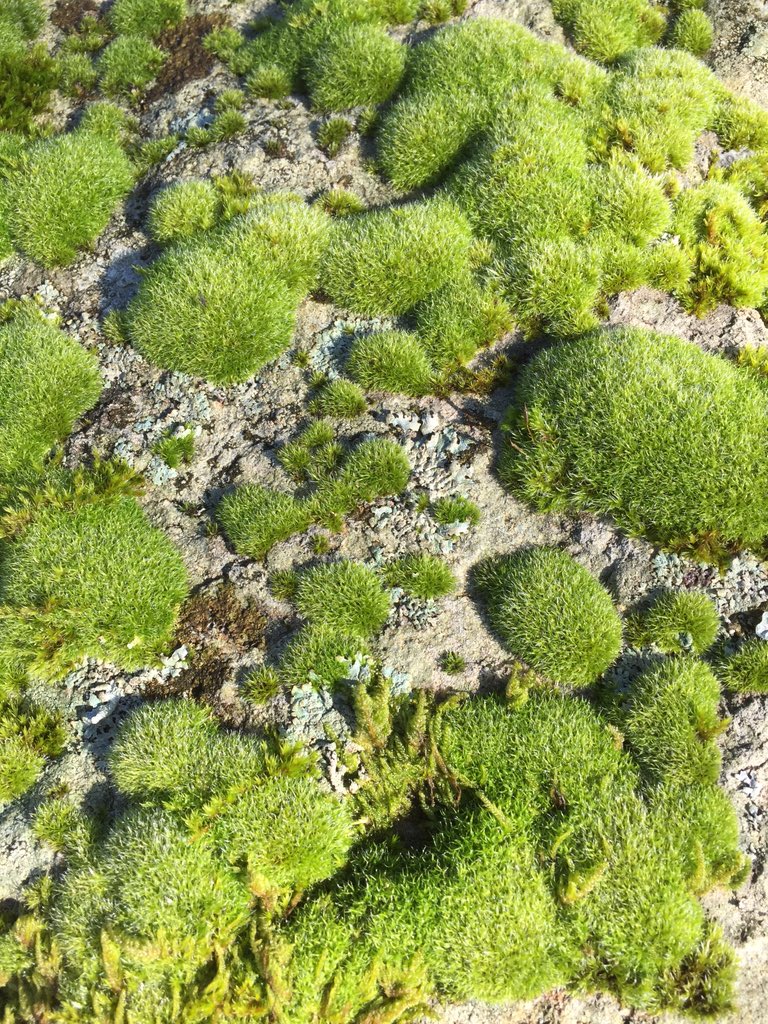 |
| Moss |
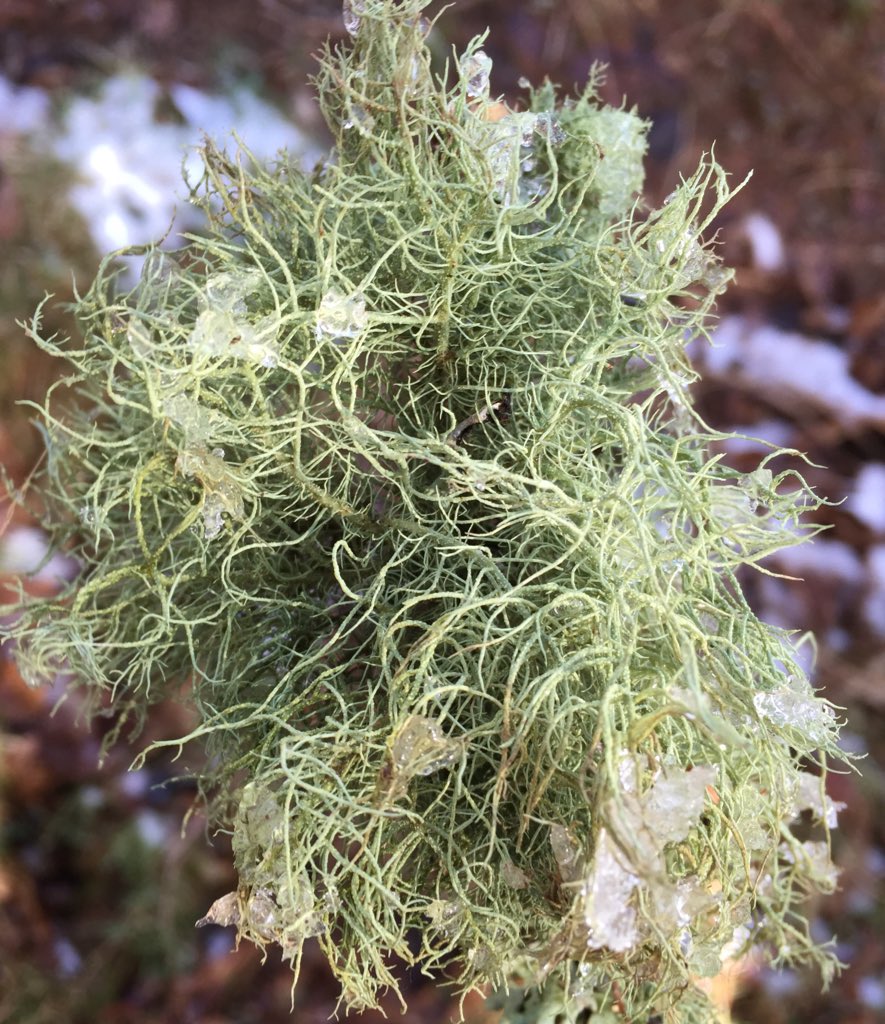 |
| Lichen |
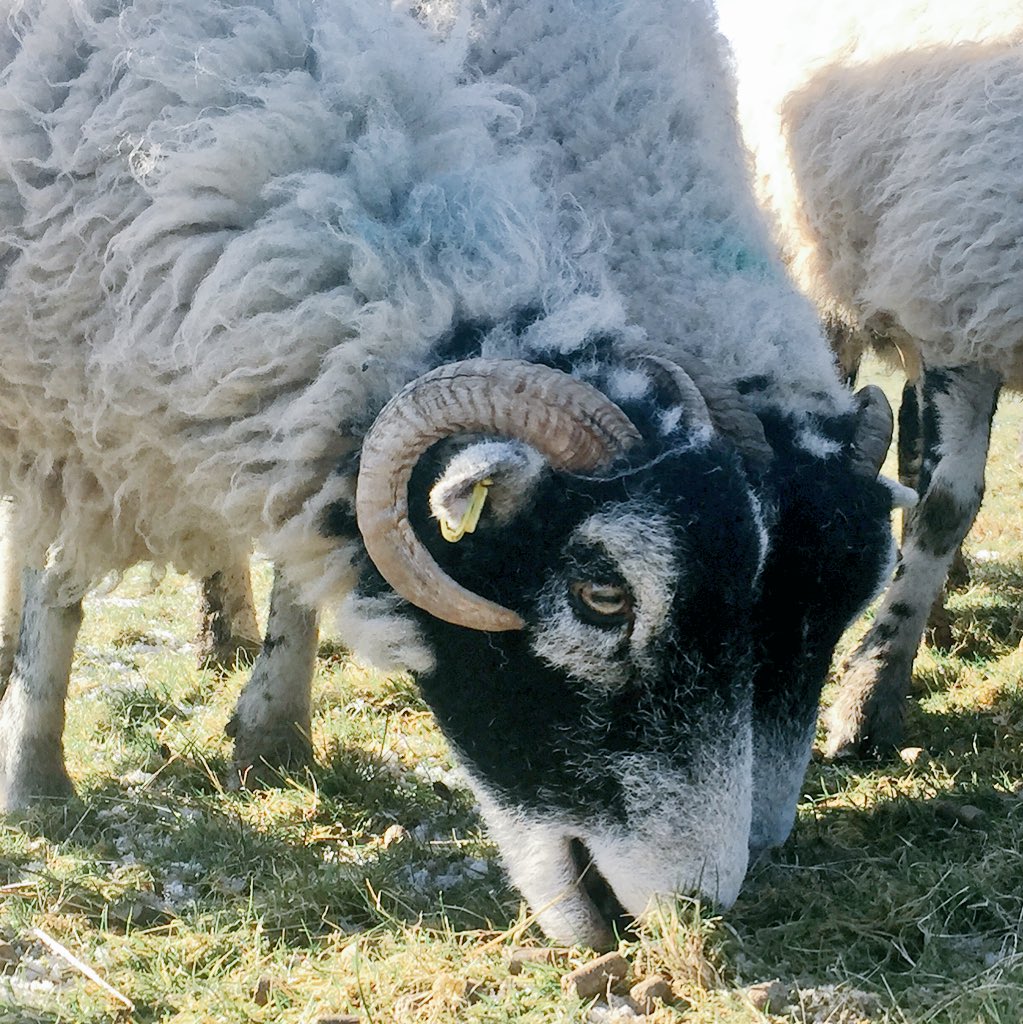 |
| Swaledales |
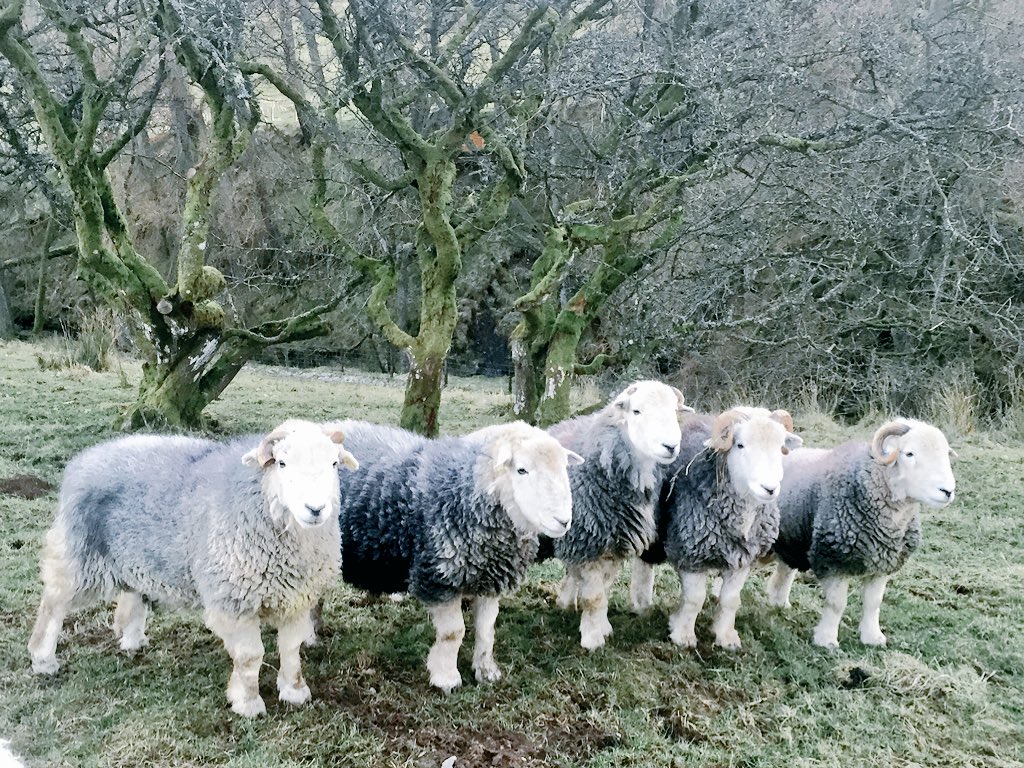 |
| Herdwick stock tups (fathers of hundreds future lambs) |
Wall under repair
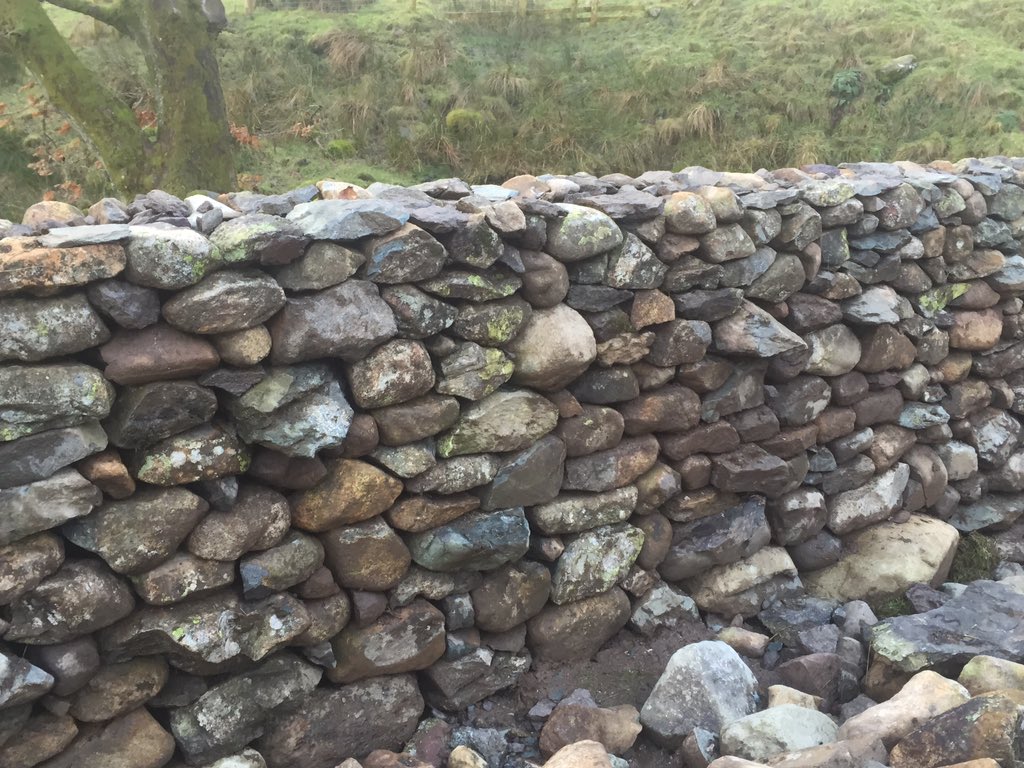

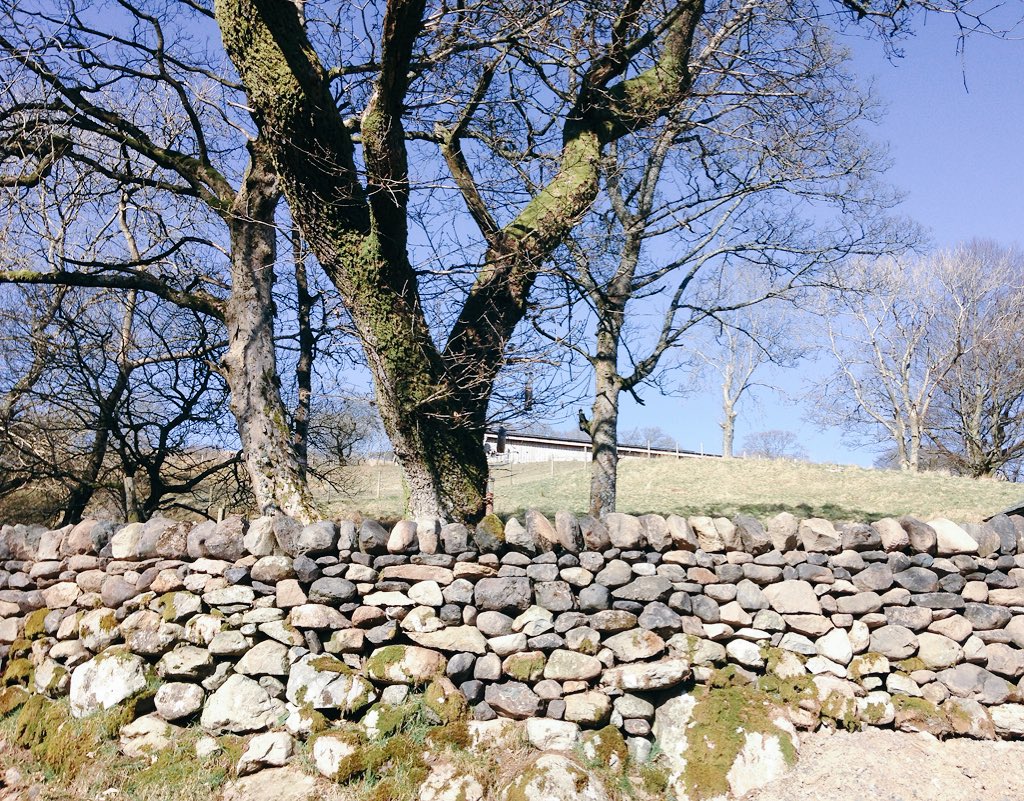
The stones on top, just sitting there but in many places cemented on because of vandalism/theft, are called "coins" (word possibly related to the word, "quoins", special stones or bricks that reinforce the corners of brick or stone buildings)
Coins are used on the top to prevent sheep from climbing up/over, thus crumbling and ruining the back-breaking work of constructing a dry stone wall.
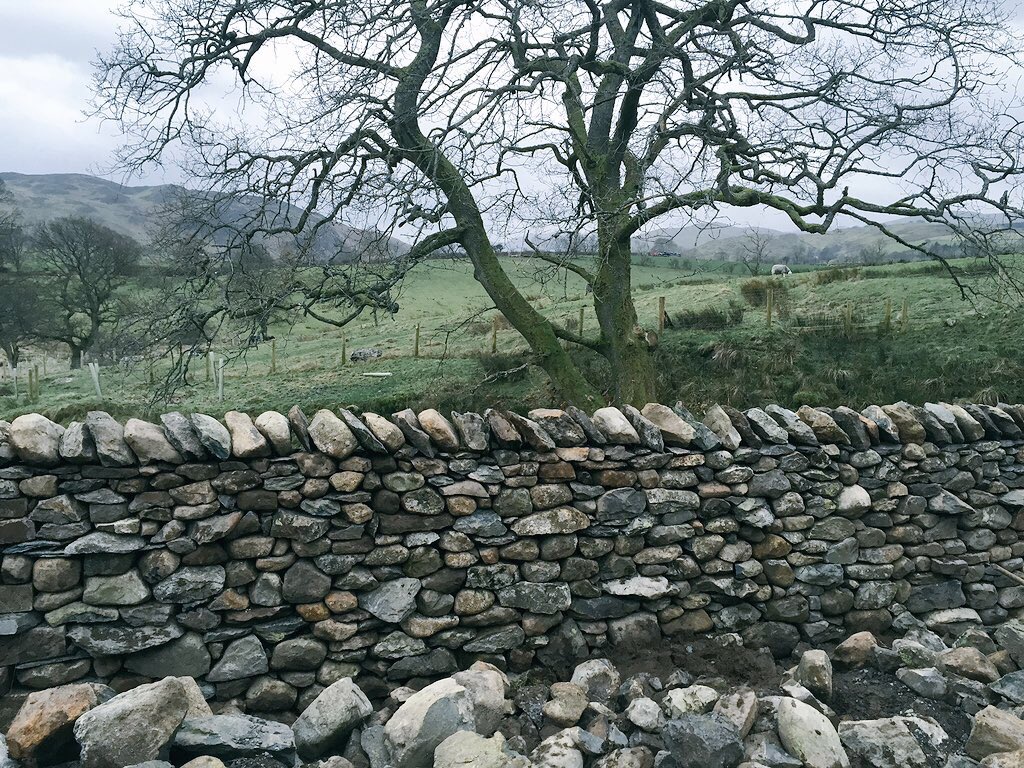
 |
| Isn't this a wonderful stile! |
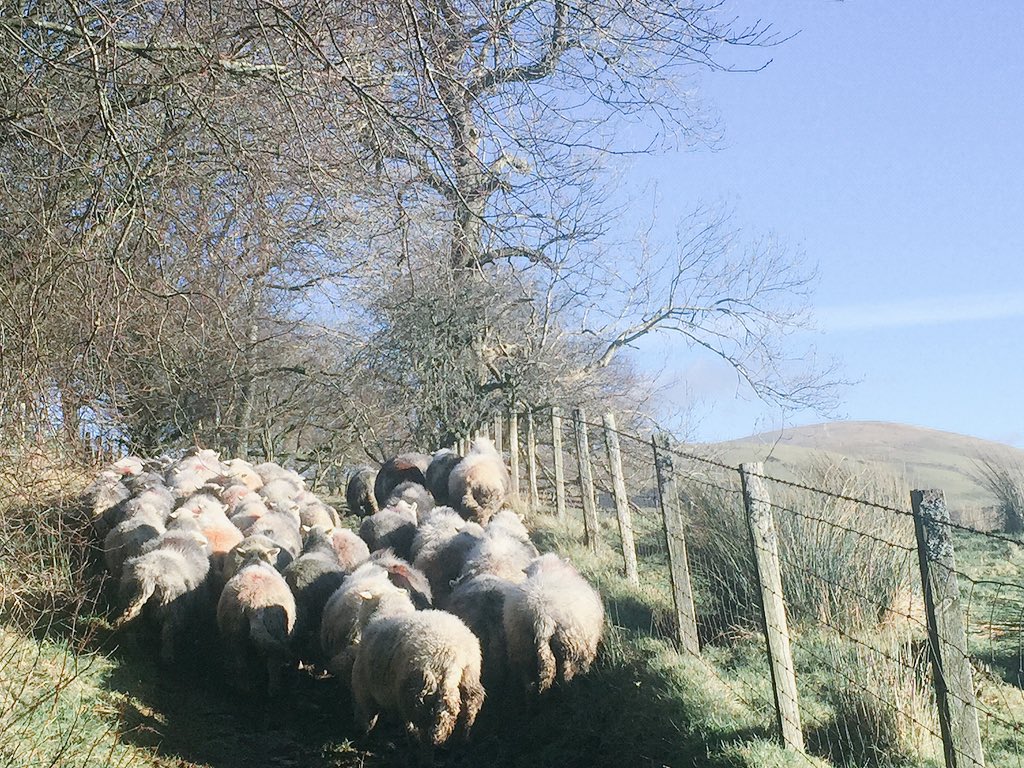
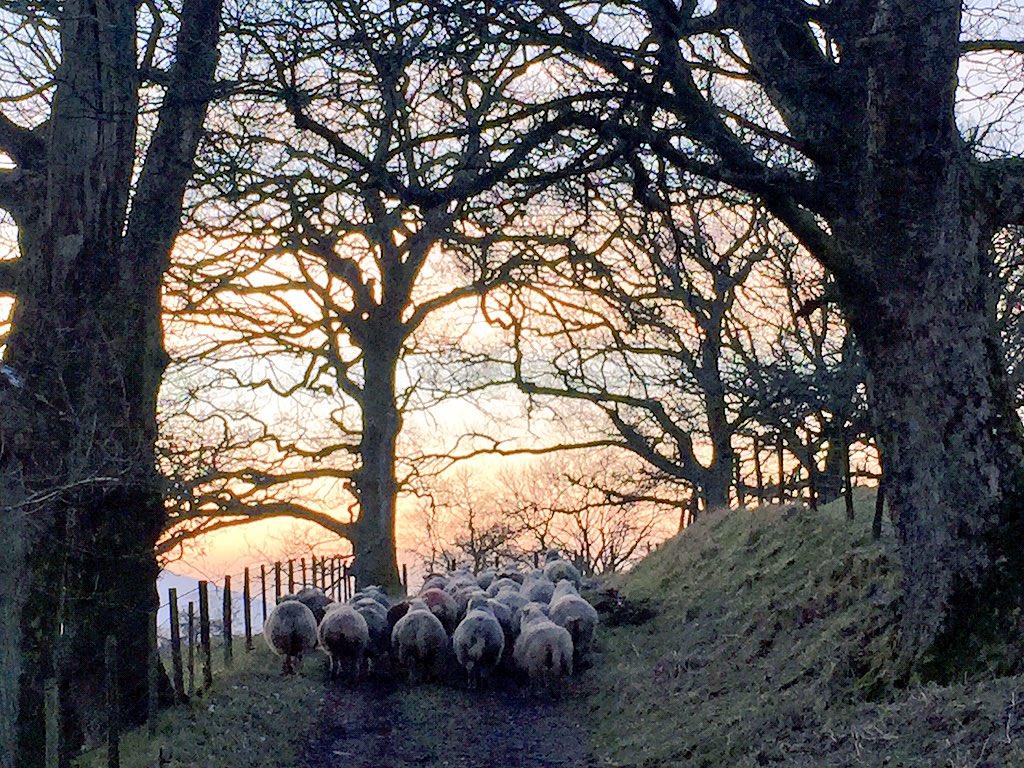
James Rebanks, of all this wonderful photography above, has recently had published a book, The Shepherd's Life, Modern Dispatches from an Ancient Landscape.
If I'd thought about it a while back, I would have said I doubted there would be much interest in this book/subject in North America, though it has found huge popularity throughout the UK.
So it blew my mind when I found Rebanks' book in my local library and have it sitting on the desk beside me as I write! There are a few black and white photos but mostly, it's an eloquent but unsentimental memoir about growing up as the most recent generation of a family that has worked this land for hundreds of years.
I'm learning about hill farming, sheepdogs and sheep, the breeds, their feet, their fleece and smit marks, their horns, grazing rights, the classifications of the land, the rhythms of fell farming, auctions, lambing, haying and especially hefting: the attachment which these native breeds of sheep have to a particular area of the fell.
Right now, mid-April: Lambing season
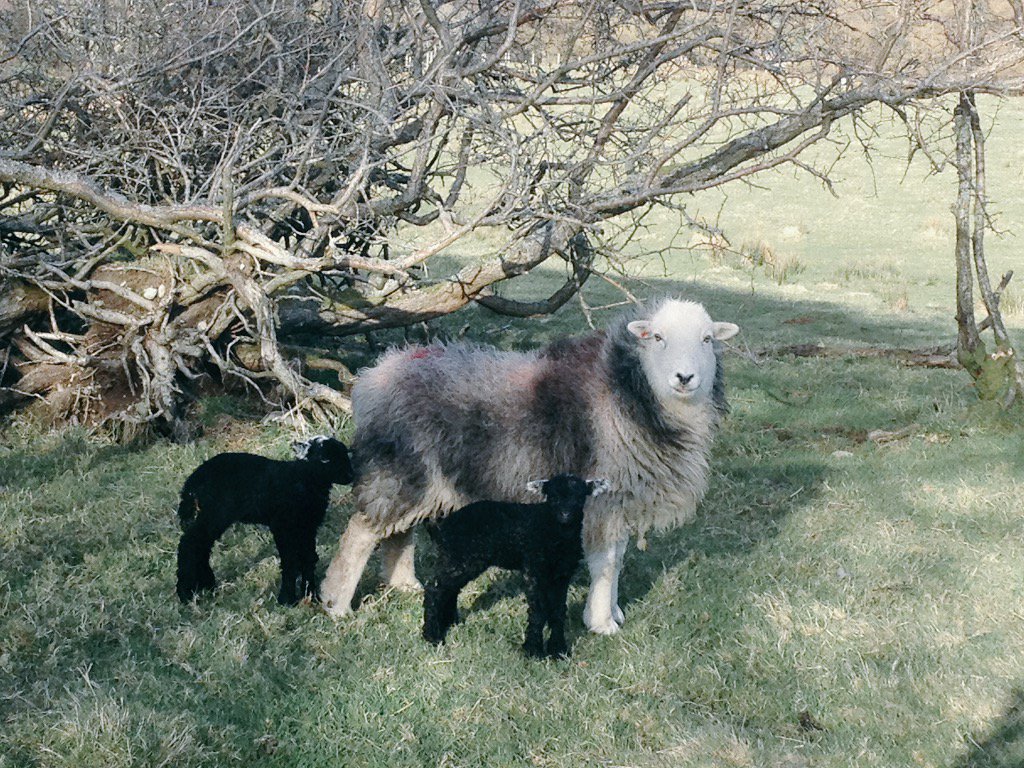
In relating all the struggles and joys James Rebanks succeeds wonderfully in communicating his respect and love for his land and the life he was born to. At the same time, he conveys such interesting details about his sheep, dogs, environment, hill farming economy, and life in general that I could hardly put it down. He is definitely hefted to his land. Highly recommended!
 |
| March 22, 2016 |
Right now, mid-April: Lambing season

In relating all the struggles and joys James Rebanks succeeds wonderfully in communicating his respect and love for his land and the life he was born to. At the same time, he conveys such interesting details about his sheep, dogs, environment, hill farming economy, and life in general that I could hardly put it down. He is definitely hefted to his land. Highly recommended!
Tuesday, April 19, 2016
Let's Separate the Sheep from the Goats
Your Smile for the Day
Can you tell sheep from goats? I used to think it had to do with which way the horns curve, but not so. It's all in the tail. A sheep's tail, if it hasn't been docked, always points downward and a goat's tail always points skyward. So is that black animal a sheep or a goat? Hard to tell. I say goat. What say you?

According to this chart, which is difficult to read, so sorry, there are other differences: in behaviour (social, foraging and butting), upper lips (divided or not by philtrum), coat (goats do not need to be shorn) More info here.
| Sheep |
| Goats |
This looks like a goat, but its cute little tail which we can't see points downward. Therefore, a sheep.
Thursday, April 14, 2016
Next Rage?
We've seen the lasting popularity of roller skates, inline skates, skateboards, longboards, ripstiks* and the winking popularity of hoverboards. And for those who prefer their feet on the ground, hula hoops.
I came across an old video from 2009 highlighting a wheeled contraption called Orbit Wheel. You need one for each foot. The comments are quite dismissive, but I think that it looks like fun, if you overlook the treacherous learning curve.
I came across an old video from 2009 highlighting a wheeled contraption called Orbit Wheel. You need one for each foot. The comments are quite dismissive, but I think that it looks like fun, if you overlook the treacherous learning curve.
What do you think? Want to give it a whirl?
*Never heard of a ripstick? Here it is in action:
Kids can do the most awesome things!!
Subscribe to:
Posts (Atom)






